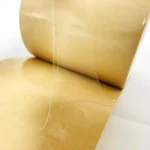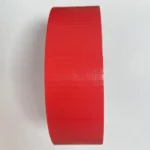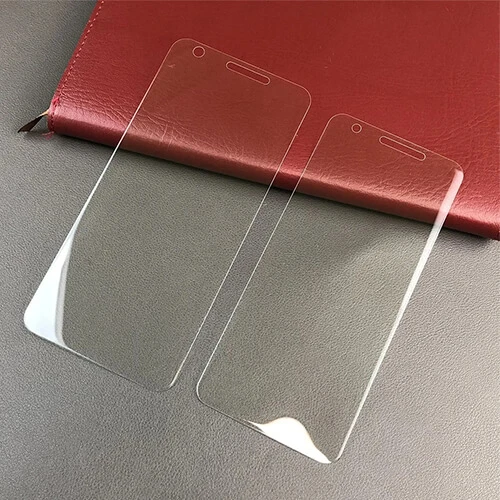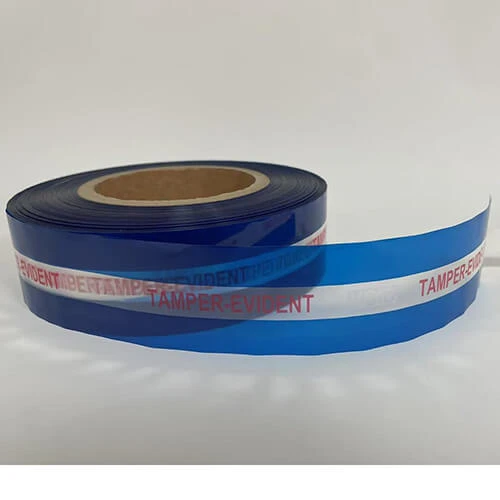
High-Performance non-substrate tape

Cloth Duct Tape
Black PET (Polyethylene Terephthalate) masking tape is widely used in electronics, displays, automotive, and optical applications where preventing light leakage or external light interference is critical. It combines the mechanical strength and flexibility of PET film with light-blocking properties, typically achieved through different manufacturing processes. The choice of production method affects key performance factors such as opacity, thickness, durability, and cost.
Below, we explore the primary manufacturing processes for black PET light-blocking tape, along with their advantages and disadvantages.
1. Coating Process
Process Flow:
A black light-blocking layer (e.g., acrylic resin mixed with carbon black or black pigments) is coated onto a clear PET substrate, followed by drying and curing.
Advantages:
-
Low cost: Uses readily available materials and is suitable for mass production.
-
Uniform thickness: Precise control over coating thickness (typically 5–20 µm), resulting in a thin and lightweight tape.
-
Good flexibility: Strong adhesion between the coating and substrate prevents cracking.
Disadvantages:
-
Light-blocking depends on coating quality: Thin or uneven coatings may allow light leakage (may require multiple layers).
-
Limited weather resistance: UV exposure can degrade the coating over time.
2. Lamination Process
Process Flow:
A pre-dyed black PET film (with light-blocking fillers) is laminated with an adhesive layer (e.g., acrylic or silicone adhesive) via heat pressing or bonding.
Advantages:
-
Excellent opacity: The black PET film itself blocks light completely, eliminating leakage risks.
-
High temperature/UV resistance: Suitable for outdoor or high-heat applications (e.g., LED displays, automotive lighting).
-
Flexible adhesive options: Can use different adhesives (e.g., high-tack or low-residue).
Disadvantages:
-
Higher cost: Black PET film is more expensive than clear PET, and lamination adds complexity.
-
Thicker tape: Total thickness usually exceeds 50 µm, which may affect conformability.
3. Co-extrusion Process
Process Flow:
Black PET substrate is directly produced by co-extrusion (adding carbon black or light-blocking masterbatch during melting), followed by adhesive coating.
Advantages:
-
Uniform light-blocking: The entire substrate is colored, eliminating coating inconsistencies.
-
No delamination risk: Single-layer construction avoids layer separation issues.
Disadvantages:
-
High equipment investment: Requires specialized co-extrusion lines.
-
Limited adjustability: Opacity and color must be determined at the raw material stage.
4. Sputtering/Vacuum Deposition Process
Process Flow:
A thin metal (e.g., aluminum) or black metal oxide layer is deposited on PET via vacuum sputtering, followed by a protective coating and adhesive layer.
Advantages:
-
Superior opacity + heat reflection: Metal layers block light and reflect thermal radiation (useful in optical devices).
-
Ultra-thin: The deposited layer is only nanometers thick, keeping the tape lightweight.
Disadvantages:
-
Very high cost: Complex equipment and low production efficiency.
-
Brittleness: The metal layer may crack under bending, reducing effectiveness.
Comparison Summary
| Process | Opacity | Cost | Thickness | Weather Resistance | Best Applications |
|---|---|---|---|---|---|
| Coating | Medium-High | Low | Thin | Medium | Consumer electronics (e.g., smartphone bezels) |
| Lamination | Very High | Medium-High | Thick | High | Outdoor LED, automotive parts |
| Co-extrusion | High | Medium | Medium | High | Premium display modules |
| Sputtering | Very High | Very High | Ultra-thin | Medium | Optical instruments, EMI shielding |
The choice of manufacturing process for black PET masking tape depends on the application requirements:
-
Cost-sensitive projects: Coating process is ideal but requires quality control.
-
High durability needed: Lamination or co-extrusion offers better performance in harsh environments.
-
Ultra-thin or reflective needs: Sputtering is suitable for specialized uses but at a premium cost.
For specific applications (e.g., flexible OLEDs or automotive lighting), further optimization may be necessary to balance performance, thickness, and cost. Manufacturers should evaluate trade-offs to select the most suitable process.



